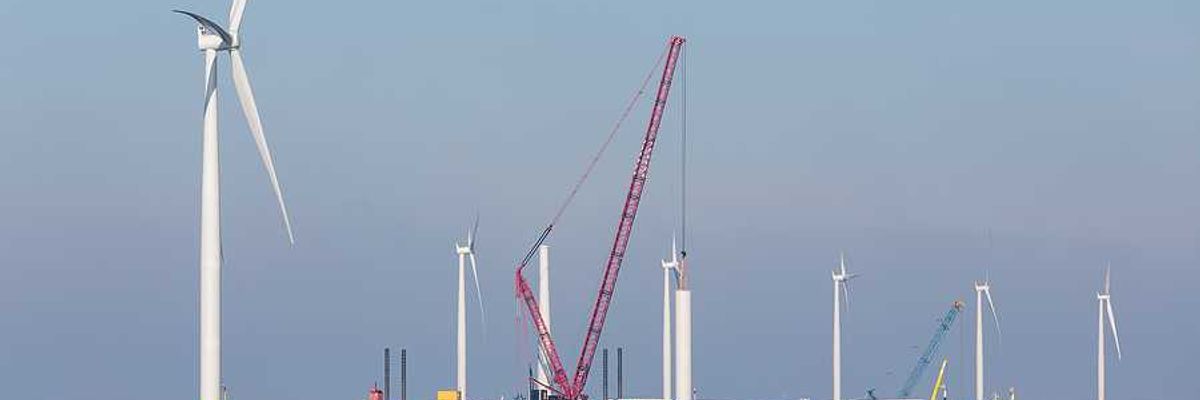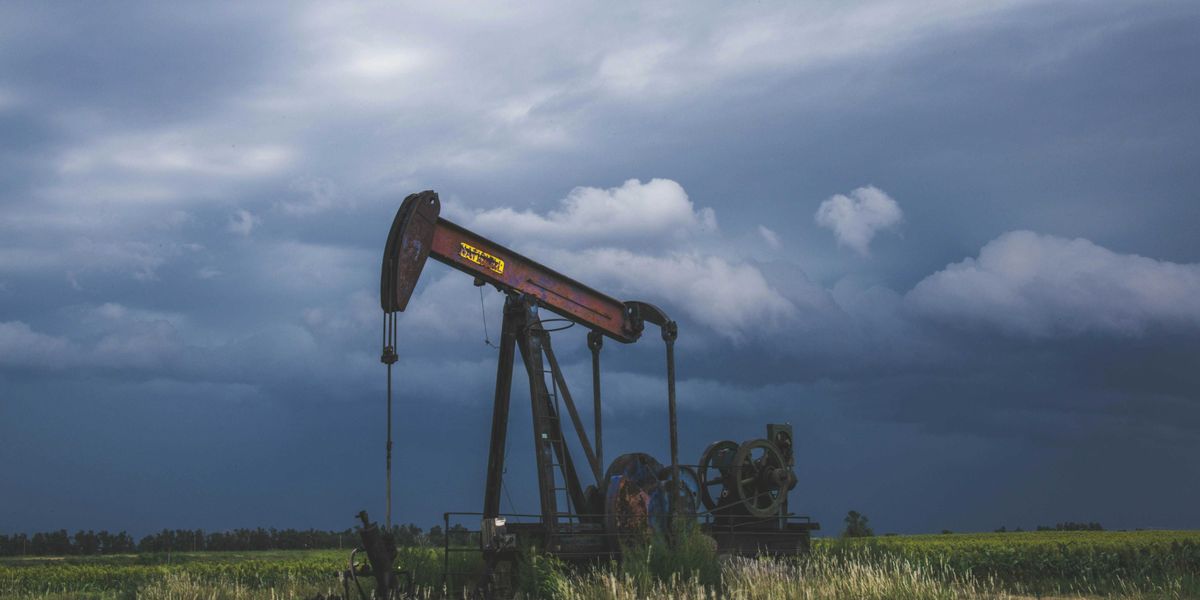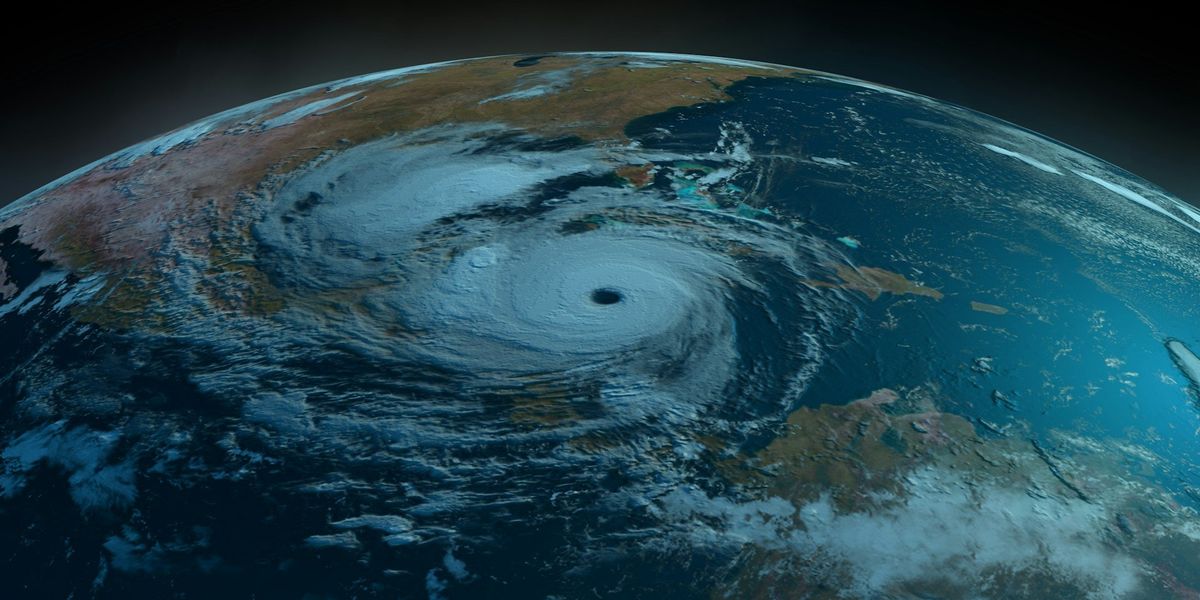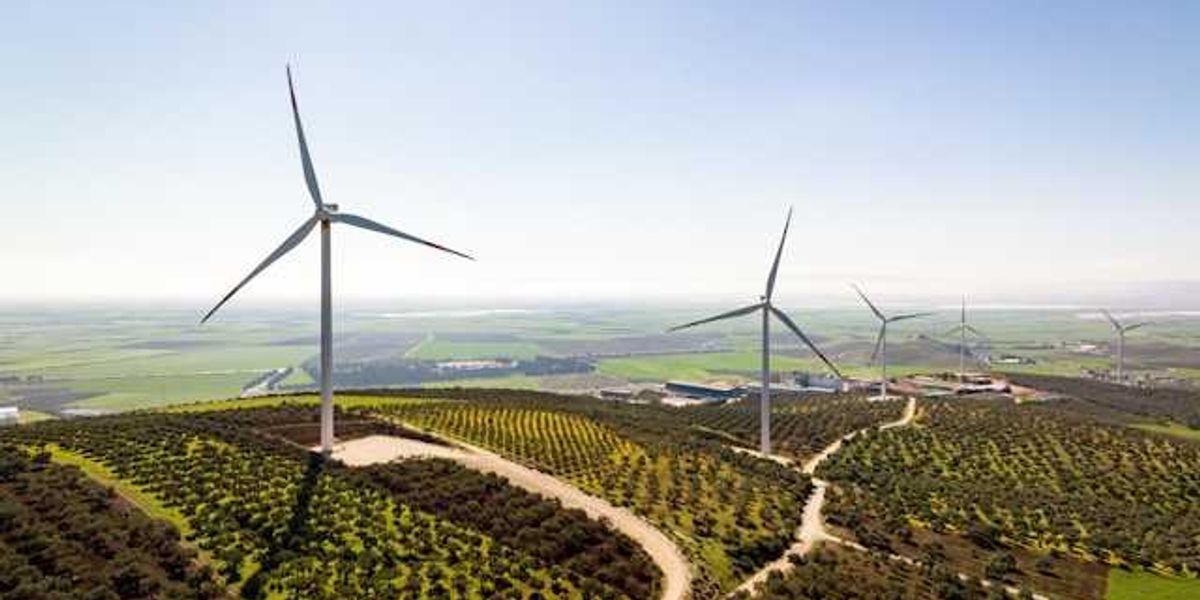infrastructure damage
Climate change hastens the deterioration of US bridges
America's aging bridges are increasingly vulnerable as climate change intensifies extreme heat and flooding, causing them to weaken and fail prematurely.
In short:
- Many U.S. bridges, built before 1960, are deteriorating faster due to extreme heat and flooding linked to climate change.
- The Biden administration's infrastructure law provides funding for bridge repair, but experts say it's not enough to fully address the issue.
- Engineers warn that without climate-resilient designs, bridge failures could become more common and disrupt supply chains.
Key quote:
“We have a bridge crisis that is specifically tied to extreme weather events.”
— Paul Chinowsky, professor of civil engineering at the University of Colorado Boulder
Why this matters:
As climate change accelerates, infrastructure designed for milder conditions is increasingly at risk. Without significant investment in climate-resilient construction, the safety and efficiency of transportation networks could be severely compromised.
Related:
Barge collision collapses Galveston bridge, triggers oil spill
A barge collision caused a partial collapse of a Galveston bridge, leading to an oil spill and the closure of the only road to Pelican Island.
Juan Lozano and Lekan Oyekanmi report for The Associated Press.
In short:
- A barge hit the Pelican Island Causeway Bridge, causing partial collapse and oil spillage into nearby waters.
- The accident halted access to Pelican Island and led to a cleanup effort but is not expected to cause major economic disruptions.
- The bridge, built in 1960 and rated in poor condition, was scheduled for replacement in 2025.
Key quote:
"The current was very bad, and the tide was high. He lost it."
— David Flores, bridge superintendent, Galveston County Navigation District
Why this matters:
The incident shows the risks associated with aging infrastructure and the potential environmental impact of oil spills, emphasizing the need for timely maintenance and upgrades to prevent similar occurrences. Read more: Source of pride and pollution: Balancing energy needs and community health.
Environmental damage from wars must be addressed in peace accords
Conflicts in Ukraine, Gaza, and Colombia show the urgent need to include environmental restoration in peace agreements to ensure long-term sustainability and peace.
Richard Marcantonio and Josefina Echavarria Alvarez write for The Conversation.
In short:
- Colombia's peace accord includes extensive environmental provisions, serving as a model for other conflict zones like Ukraine and Gaza.
- Few peace agreements globally include environmental protections, highlighting Colombia's unique approach.
- Environmental damages from wars are vast, including contamination, deforestation, and infrastructure destruction.
Key quote:
"Peaceful postwar society requires not only respect for human rights but also protection of the environment."
— Richard Marcantonio, University of Notre Dame.
Why this matters:
Addressing environmental damage in peace accords is critical for sustainable recovery and long-term peace. Neglecting this aspect can lead to prolonged health crises and renewed conflicts. Read more: As inevitable as blood and taxes.
Mexico city's metro system faces sinking crisis due to subsidence
A dire study reveals that Mexico City's metro system is sinking rapidly due to subsidence, posing risks to its infrastructure and passenger safety.
In short:
- Subsidence, caused by the compaction of land due to groundwater extraction, is sinking Mexico City at rates of up to 20 inches per year.
- The uneven sinking poses threats to infrastructure, with nearly half of the elevated segments of the Metro experiencing differential subsidence.
- Flooding, electrical system disruptions, and increased rail slopes are among the potential dangers.
Key quote:
“Trains can get derailed very easily if there is a slight change in the leveling of the railways.”
— Manoochehr Shirzaei, environmental security expert at Virginia Tech.
Why this matters:
As cities face subsidence due to over-extraction of groundwater and global sea levels continue their inexorable rise, infrastructure risks and public safety concerns amplify. Can we adapt to climate change in ways that solve other problems too?
The East Coast's slow descent into the ocean intensifies threats from sea level rise
A recent study highlights the increasing peril to coastal communities from land subsidence and sea level rise, exacerbated by groundwater depletion.
Mira Rojanasakul and Marco Hernandez report for The New York Times.
In short:
- Satellite research by Virginia Tech and the U.S. Geological Survey emphasizes an urgent need to address coastal threats, with nearly 40% of Americans living in vulnerable areas.
- Groundwater overuse is pinpointed as a significant factor for the sinking land, aggravating the impact of global sea level rise.
- The study identifies "distortion hotspots" in areas like Cape Canaveral and the Delmarva Peninsula, where land movement threatens infrastructure.
Key quote:
“You have a hazard that is becoming worse every day with sea level rise.”
— Leonard Ohenhen, Ph.D. candidate at Virginia Tech.
Why this matters:
The slow encroachment of the sea, coupled with sinking land, poses a silent but escalating threat to infrastructure, homes, and emergency routes along the East Coast. Vulnerable populations with nowhere to go are likely to suffer the most.
Siberia’s ice is melting, revealing its past and endangering its future
Sinking US cities already face ‘real impacts’ as subsidence poses risk to buildings and roads
‘Hotspots of sinking land intersect directly with population and infrastructure hubs,’ researchers warn.









